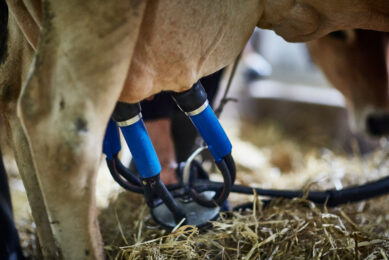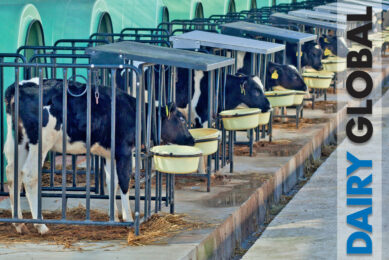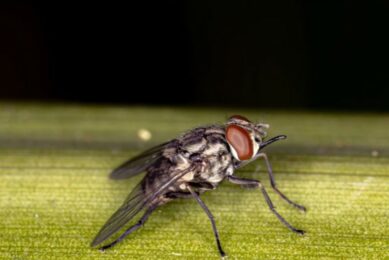The journey to supreme udder health
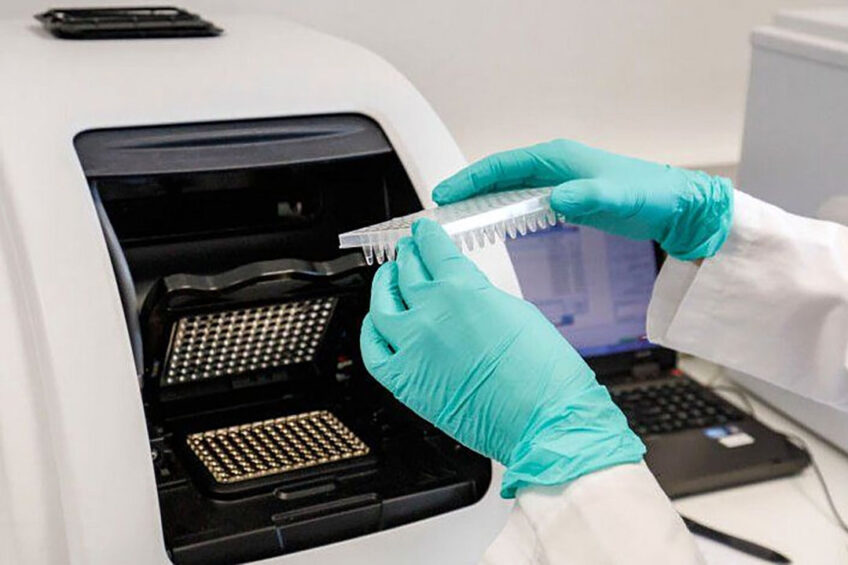
It is no news to dairy farmers that improving udder health on farms positively effects the business. For many farmers, though, it is quite a challenge to reach the status of good udder health, but there are some simple guidelines that can be followed to start the journey to supreme udder health.
When is the situation good?
For decades, cow farmers have used the somatic cell count (SCC) as an indicator of udder health, and although other measurement methods can be used, this is a good method for assessing the overall condition of the herd. The SCC in the milk tank (BMSCC), especially if the date reaches back a year or more, gives a good picture of the status on the farm. A simple rule is that if the cell count is over 120,000 cells/ml then the situation can be improved with known methods. However, in order to bring the SCC down, targeted actions and methods are needed.In my experience, the lower you want to get the SCC, the harder it is. Most farmers I have worked with have found it relatively easy to move from 300,000 to 200,000, and most don’t find it very difficult to get it from 200,000 to 150,000 by following some advice. But for many it gets quite tough to go from 150,000 to 120,000, not to mention lower than that.130 infectious agents known
Mastitis is caused by countless infectious agents, and a total of 130 have been identified in the world to date, but we mainly look at relatively few bacteria as the main cause. These are the same types of bacteria in all major milk-producing countries and, today, there are well proven methods that can be used to get these bacteria under control. The first step is tough and that is to find out who the enemy is. This can, of course, be quite different from farm to farm. To make a proper plan you need to analyse the cause of mastitis from different glands. This takes some time. Usually I would suggest samples be collected from at least 5 sick cows before laying out a plan on how to fight the bacteria. For me the most simple tool there is to use PCR testing of the milk, but good old methods are of course still valid.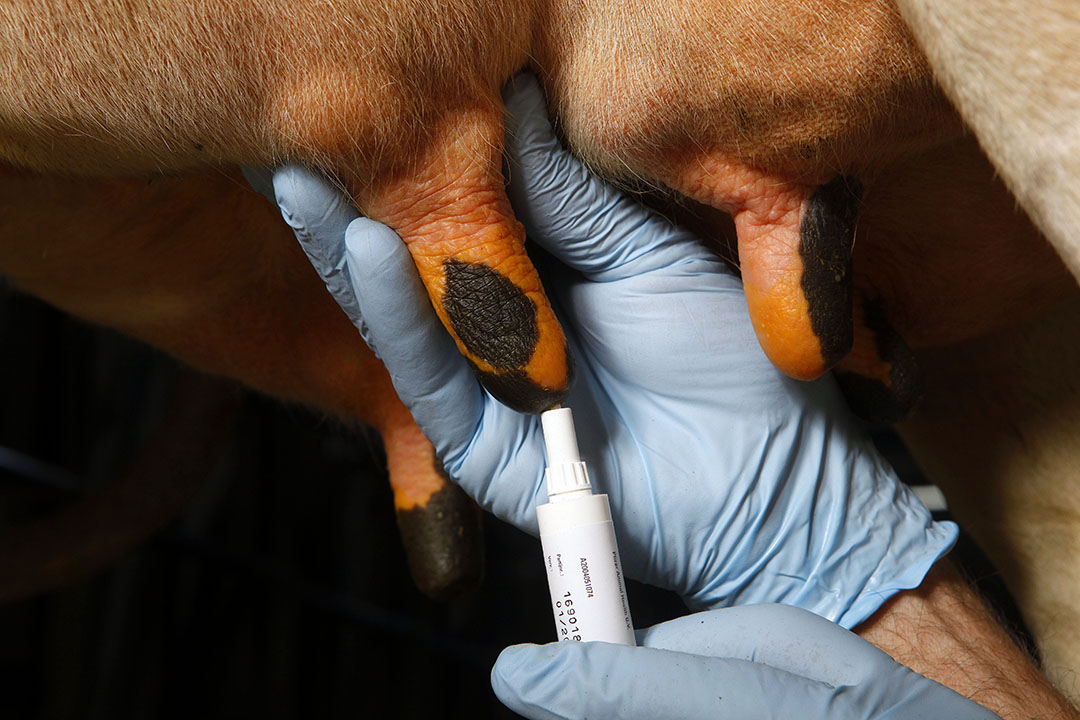
Knowing your enemy
If we go back several years we see that the tools we had to advise on udder health were more limited than what we have today, and usually we simply recommended that all farmers “up their game” on all levels to get the SCC down. Today, however, we have a totally different approach with tailor-made plans for each farm, all depending on the main cause of mastitis cases on that farm. This is because each group of bacteria are unique and special measures must be taken in order to tackle these groups of “enemies”. But if this is known, we can quite easily make a plan because bacteria are simple organisms and if we intervene in their life cycle, we can make it difficult for them to survive. All the main mastitis-causing bacteria have certain characteristics and need a certain environment to be able to survive. The most common things are the nutritional conditions, temperature, humidity and acidity level. By removing or changing one of these factors they will not be able to survive. In this way, it is not really necessary to attack all the factors at once – it is much more effective to try to just take on one of the factors and do it properly.How?
It is not possible to explain in detail how to get this problem under control, but I can give a few examples of how we have started the work. Let’s assume the main cause of issues is related to Streptococcus uberis, then I would focus on hygiene within the environment and cows, etc., and not milking routines.If the main cause, however, is Staphylococcus aureus, I would not spend much time on talking with the farmer about the working methods in the barn but instead focus more on the milking routines. If the problem is mainly E. coli (which should not be common), the general health of the young cows and feeding should be reviewed. But, if the problem is Streptococcus dysgalactiae, the skin care methods must be carefully looked at, and so on. In general, we have different ways to take on different types of bacteria.It’s about the farmer
There are no one magic solution and by using all kinds of disinfectants is clearly not the way to get the situation under control. Most of the time, the main explanatory factor lies in how the work is done on the farm. I think I can say that most of the dairy farmers I have worked with around the world wanted a solution that was quick and easily done, but my experience shows that in order to achieve good results, you have to put in the effort to get success. Furthermore I often hear, “My barn is so old and poorly designed that it is not possible to achieve success,” etc., but that should not be an obstacle. What turns out to be the most difficult thing on this journey is to get the farmers to change the way they work – change the work routine. But it is for sure possible and when that is achieved, the road to success is ahead.Join 13,000+ subscribers
Subscribe to our newsletter to stay updated about all the need-to-know content in the dairy sector, two times a week.



